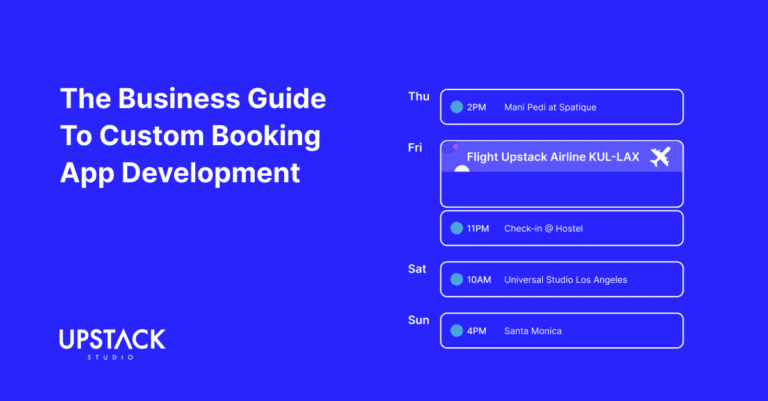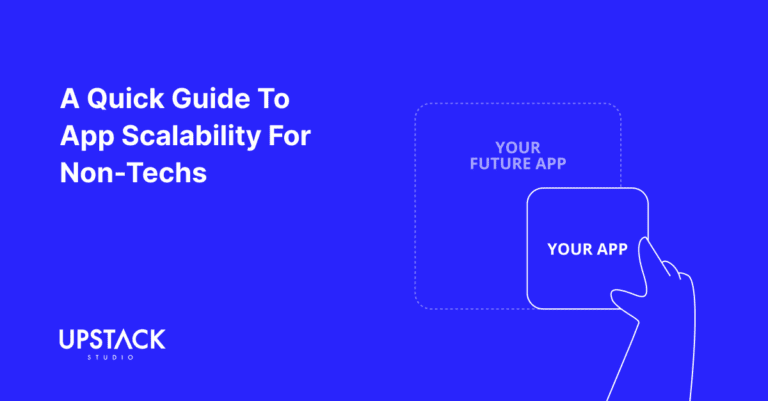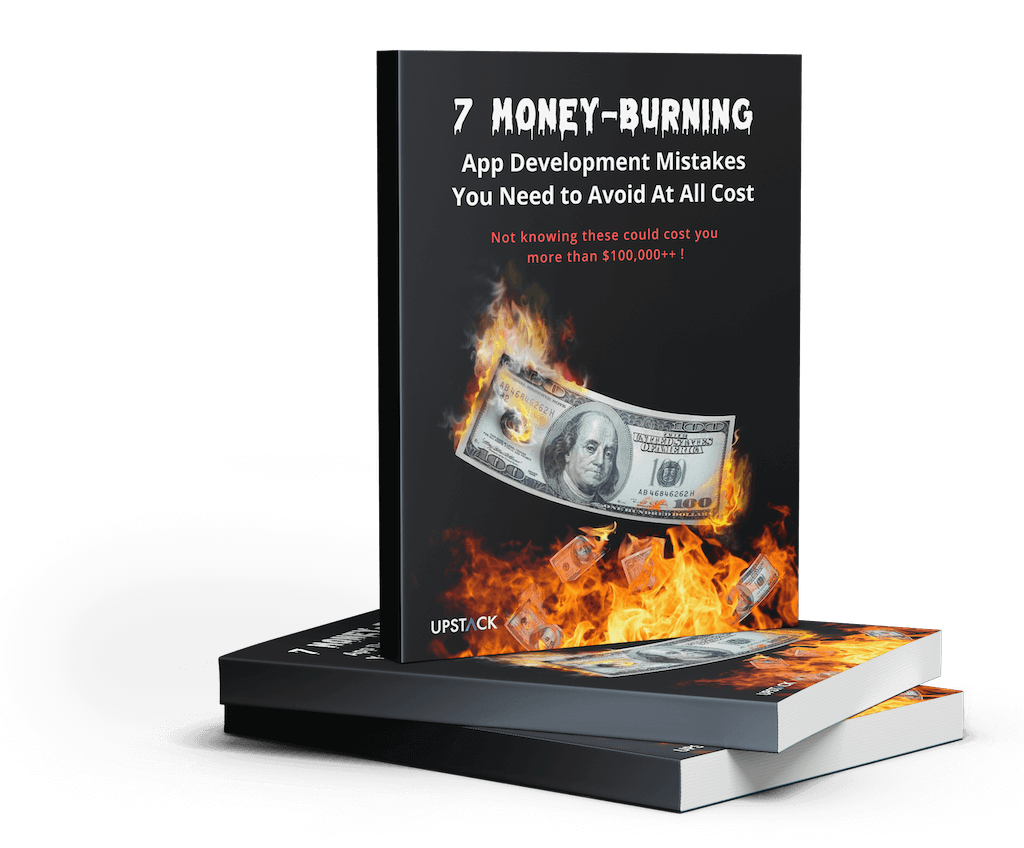App Idea Validation Will ALWAYS Be Crucial
App idea validation is akin to a compass for every app founder – it provides direction and ensures that you’re on the right track.

Through validation, you can confidently affirm that your app idea holds genuine value, has a bona fide market, and poses a real potential for success.
Navigating the world of app development without it can be likened to traveling without a compass – you’ve no idea where North is and can end up walking in circles without knowing.
Risks of App Development without validation
The first major risk involves the squandering of two precious resources: time and money.
Investing in an idea without confirming its viability can lead to substantial losses.
Secondly, without validation, you lack a comprehensive understanding of your market, increasing the likelihood of failure due to a blind approach.
But what if someone steals your idea, you say?

You can rest assured you’re already stealing someone else’s idea accidentally!
6 Steps to App Idea Validation
As we dive into this guide, it’s important to remember that each step lays the foundation for the next, so every stage holds crucial significance in your validation process.
Step 1: Understanding Market Trends
Start by getting a pulse on the market trends.
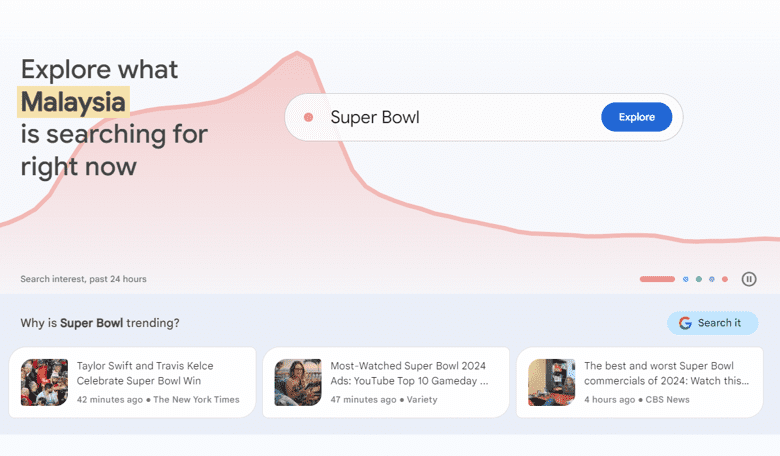
Take note of what’s rising, what’s tumbling, and where gaps exist with these tools:
- Google Trends
- Data.ai (formerly known as App Annie), and
- Statista
Google Trends in particular is a great and free way to observe regional trends in real-time and understand user preferences.
Meanwhile, Data.ai allows founders to scope out the competition to see what they’re up against.
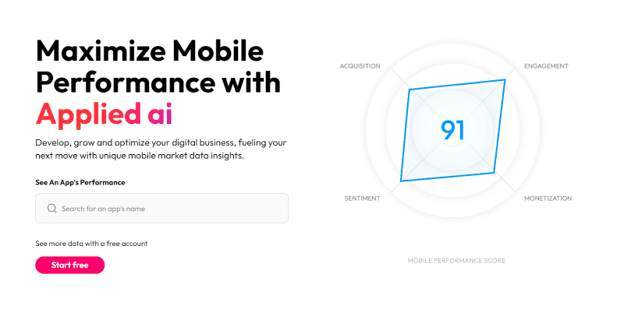
Step 2: Identifying Target Audience
Next, pinpoint your target audience.
Figure out who they are, what they need, and how your app could potentially fulfill that need.
Once you get more serious, this will be further developed into something called a user persona, which is a fictional representation of your target audience personalized with:
- a job title
- age range,
- life goals,
- challenges,
- preferences,
- tech-savviness, and
- anything else that affects buying habits
A user persona is no joke, and is one of the five key elements of developing an app product roadmap.
Step 3: Competitor Analysis
Every great general knows the importance of studying their adversaries.
A key step in validating your app idea is understanding your competitors.
Dig into their strategies, strengths, and weaknesses, always on the lookout for what you can do better.
Where should you avoid repeating their mistakes?
If you’ve used Data.ai to identify competitors, one thing you could do is browse their app store reviews looking for dissatisfied users.
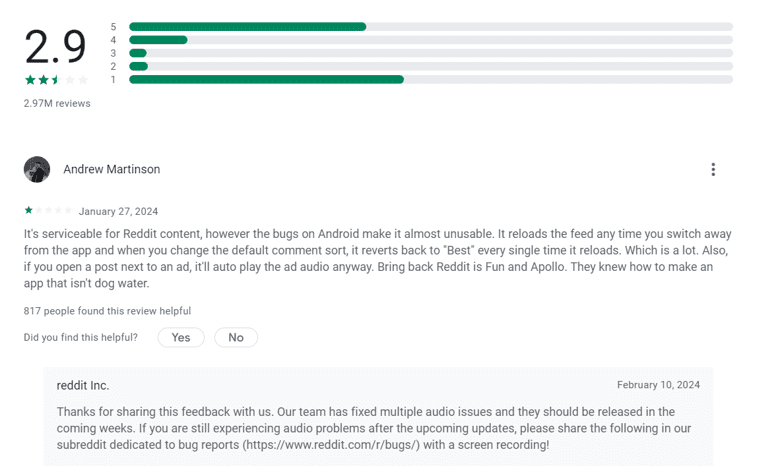
No wonder Reddit released an update to their API costs that squeezed third-party apps out of the market!
Step 4: Problem-Solution Fit
This stage is all about ensuring your app effectively solves a problem for your target audience.
It’s where you scrutinize your idea, analyze its feasibility and tweak it if necessary.
Do your functionalities align with the problems identified?
Is your solution unique and robust enough to stand the test of time?
Step 5: Prototype Testing
Here, you bring your idea to life with a basic version of your app or a simple user interface.
Here are some useful resources to help you find no code prototyping tools:
- The Best No-Code App Builder for Non Tech Founders
- 4 No-Code Tools You to Build MOST No-Code SaaS
- 6 AI Coding Tools You Need To Know
This stage will show you how your target audience interacts with your app, identify any user experience issues, and give you a taste of how the final product will function.
Alternatively, if you don’t want to invest in a prototype just yet, consider a landing page MVP.
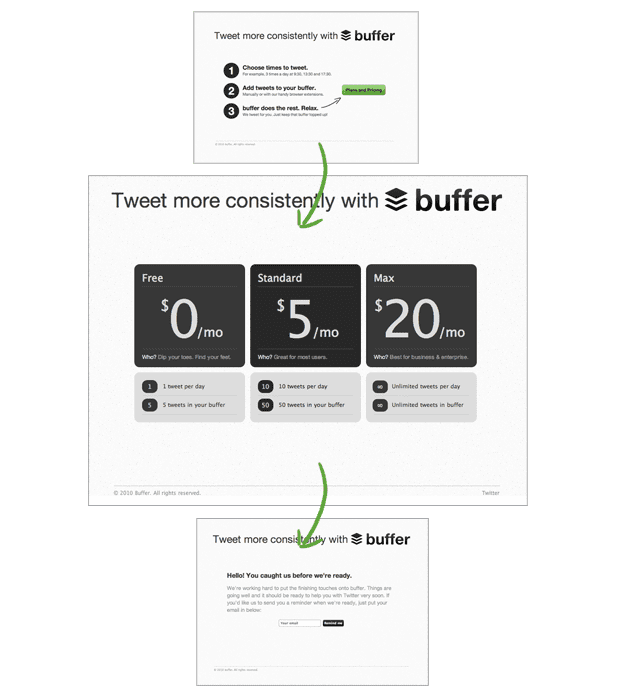
It’s a perfectly viable alternative to measuring interest, and you can test multiple versions at once.
Step 6: Feedback Loops
Finally, it’s time to gather input and feedback from your audiences.
Engage with prototype users and listen to their feedback.
Pinpoint what they love, what they hate, and what they wish they had.
This valuable feedback allows you to polish your app idea and increases the likelihood of launching a successful product.
Key Steps Summarized
With an adventure into the depth of app idea validation completed, let’s revisit the key points:
- understand your market trends
- identify target audience
- thoroughly analyze your competition
- check if your solution aligns with the identified problem
- test your idea through a prototype, and
- gather feedback
Each step empowers you to confidently stride on the path towards a successful app.
Conclusion
App idea validation is never a step to skip or minimize.
It’s an essential prelude to successful app development, a trustworthy guide that will light your path and ensure you aren’t wandering in the dark.
With the help of this guide, you’re now ready to validate your next groundbreaking app idea!
Hey there stranger, thanks for reading all the way to the end. Consider joining our mailing list for a one-stop resource on everything from micro SaaS validation all the way to execution and promotion. Get a nifty list of questions to ask app developers when you sign up!
App Developer Interview Questions Template
Download this template now so you know exactly what to ask App Development Agencies! Let us know where should we send it through the form below.


